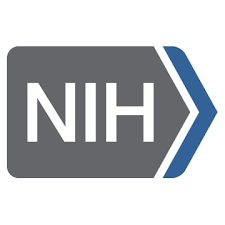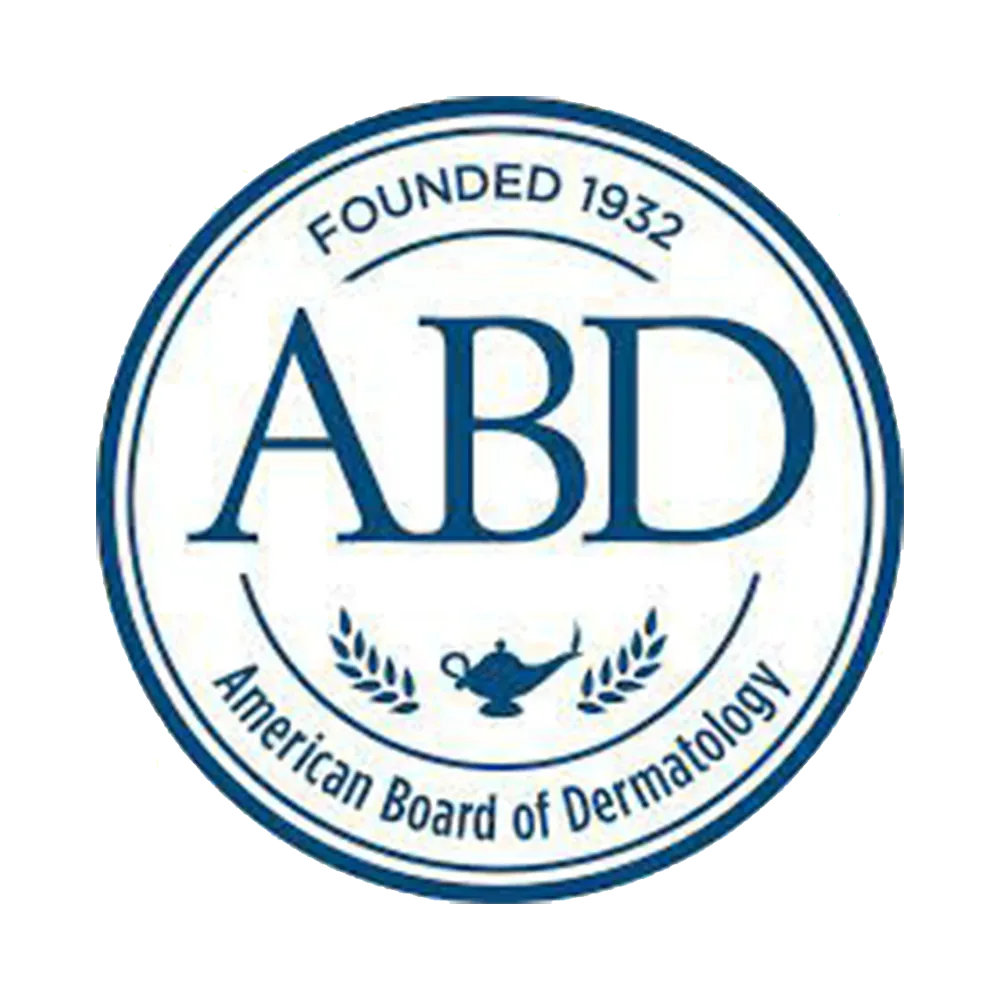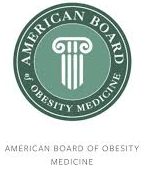Rosacea
Rosacea
Unraveling the Mystery of this Chronic Skin Condition
Rosacea is a chronic, inflammatory skin condition that affects millions of people worldwide. It is characterized by redness, visible blood vessels, and sometimes small, red, pus-filled bumps on the face. Rosacea can cause significant discomfort and negatively impact self-esteem. In this article, we will explore the causes, symptoms, types, and treatments of rosacea. Additionally, we will address ten frequently asked questions about this skin condition.
Understanding Rosacea
Rosacea is a long-term skin condition that primarily affects the face. It is characterized by facial redness, flushing, visible blood vessels, and sometimes acne-like bumps. The exact cause of rosacea is unknown, but it is believed to involve a combination of genetic and environmental factors.
Causes and Risk Factors
While the precise cause of rosacea remains unclear, several factors may contribute to its development or exacerbate symptoms. Some of these factors include:
- Genetics: A family history of rosacea may increase the likelihood of developing the condition.
- Sun exposure: Ultraviolet (UV) radiation from the sun can worsen rosacea symptoms.
- Hot or spicy foods: Consuming hot or spicy foods can trigger or worsen facial flushing in some individuals with rosacea.
- Alcohol: Alcohol consumption can cause facial flushing and exacerbate rosacea symptoms.
- Stress: High levels of stress can worsen rosacea symptoms.
Types of Rosacea
There are four primary types of rosacea, each with distinct symptoms:
- Erythematotelangiectatic rosacea (ETR): This type is characterized by facial redness, flushing, and visible blood vessels.
- Papulopustular rosacea: This form involves redness, swelling, and acne-like breakouts.
- Phymatous rosacea: This type causes thickening and enlargement of the skin, particularly on the nose.
- Ocular rosacea: This form primarily affects the eyes, causing redness, irritation, and swollen eyelids.
Treatment Options
While there is no cure for rosacea, a variety of treatments can help manage and alleviate symptoms. These treatments may include:
- Topical medications: Prescription creams or gels containing metronidazole, azelaic acid, or ivermectin can help reduce inflammation and redness.
- Oral antibiotics: Tetracycline, doxycycline, and minocycline can help control inflammation and reduce the appearance of acne-like bumps.
- Isotretinoin: This oral medication may be prescribed for severe cases of rosacea that do not respond to other treatments.
- Laser therapy: Intense pulsed light (IPL) or pulsed dye laser (PDL) treatments can reduce the appearance of visible blood vessels and redness.
- Lifestyle modifications: Avoiding known triggers, such as sun exposure, hot or spicy foods, and alcohol, can help manage rosacea symptoms.
The journey to a more confident you starts with one decision. That is the decision to get treated, why wait Book Online today? If you’re on the fence or have questions brewing, remember: We at Sullivan Dermatology are always here to help.
Videos
Rosacea
Rosacea is a common and chronic skin condition that causes redness and visible blood vessels, typically in the face. It may also produce red, small, pus-filled bumps. Often confused with conditions such as lupus rash, distinguishing between lupus rash vs rosacea is crucial for correct treatment. Various treatments exist, including ivermectin cream for rosacea and intense pulsed light (IPL) therapy, which can effectively manage the condition.
Rosacea symptoms often include facial redness, swollen red bumps, and small, visible blood vessels. Some people may also experience dry, sensitive, or swollen skin. The areas most commonly affected are the forehead, cheeks, chin, and the lower half of the nose. Lupus rash and rosacea can present similar symptoms, such as facial redness and sensitivity, leading to confusion. Therefore, it’s important to consult a dermatologist who can differentiate lupus rash vs rosacea to determine the best treatment plan.
The exact cause of rosacea is unknown. However, it may be due to a combination of hereditary and environmental factors. Some potential triggers include hot drinks, spicy foods, alcohol, temperature extremes, sunlight or wind, emotions, exercise, cosmetics, and drugs that dilate blood vessels.
A common myth about rosacea is that it’s a result of poor hygiene, which is untrue. Another myth is that it’s simply a sunburn or an allergic reaction, leading to ineffective home treatments. Distinguishing lupus rash vs rosacea is also important, as they are separate conditions requiring different treatments.
While there’s no known cure for rosacea, treatments can control and reduce signs and symptoms. Prescription treatments like ivermectin cream for rosacea can help reduce redness and inflammation. Ivermectin cream for rosacea works by reducing the number of inflammatory lesions and has been found effective in managing this condition.
Apart from creams and medication, there are also professional treatments available such as intense pulsed light therapy. IPL for rosacea is a type of light therapy that penetrates the skin’s surface to treat dilated and broken blood vessels that cause rosacea. Many patients have found success with IPL for rosacea, although multiple treatments may be needed for best results.
For more severe cases, a combination of treatments might be recommended. These might include the use of ivermectin cream for rosacea in conjunction with IPL for rosacea to manage flare-ups and reduce the visibility of blood vessels.
In conclusion, managing rosacea is largely dependent on understanding its nature and knowing how to differentiate it from similar skin conditions such as lupus rash. Although it may be a chronic condition, therapies like ivermectin cream and IPL for rosacea offer promising ways to control its symptoms and improve skin appearance. As always, seeking the advice of a dermatologist will help guide you through your skincare journey.
For More Information:
Rosacea (NIH) or Rosacea Foundation.FAQs About Rosacea
The exact cause of rosacea is unknown, but it is believed to involve a combination of genetic and environmental factors.
No, rosacea is not contagious and cannot be spread from person to person.
While there is no cure for rosacea, various treatments can help manage and alleviate symptoms.
Rosacea can progress and become more severe if left untreated, but with proper management and treatment, symptoms can be controlled.
Although rosacea can cause acne-like bumps, it is a distinct skin condition with different causes and treatments.
Yes, but it is important to choose gentle, non-irritating makeup products and to remove makeup thoroughly at the end of the day.
Avoid known triggers, such as sun exposure, hot or spicy foods, alcohol, and stress, to help manage rosacea symptoms.
While rosacea is more common in adults, it can occasionally affect children.
Rosacea is typically diagnosed through a visual examination by a healthcare professional, who may also ask about symptoms and triggers.
While there is no surefire way to prevent rosacea, avoiding known triggers and practicing good skincare habits can help reduce the risk of developing the condition or worsening symptoms.
In conclusion, rosacea is a chronic skin condition that can cause significant discomfort and impact self-esteem. By understanding the potential causes, types, and treatments, individuals with rosacea can better manage their symptoms and improve their quality of life.







